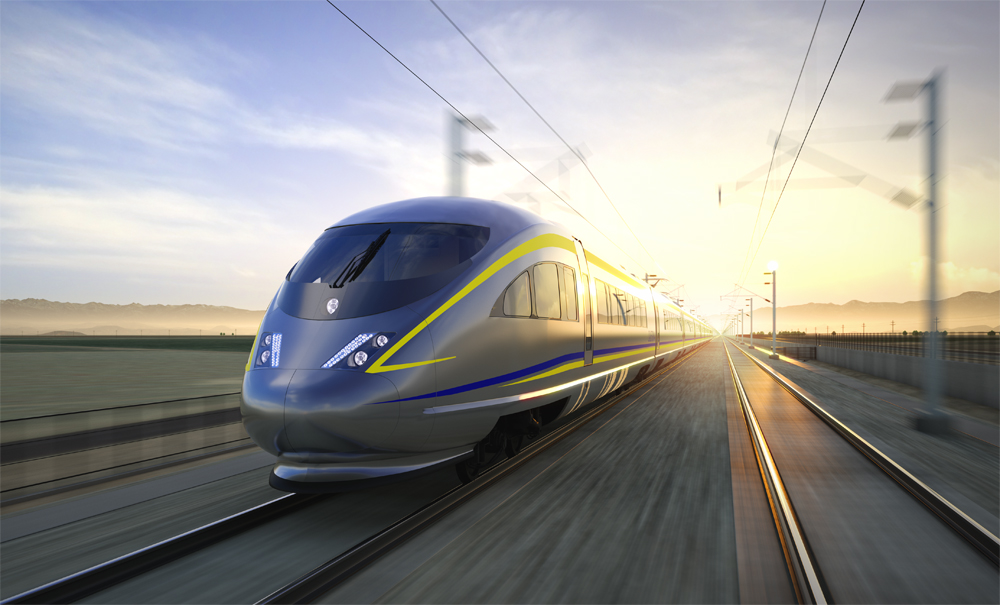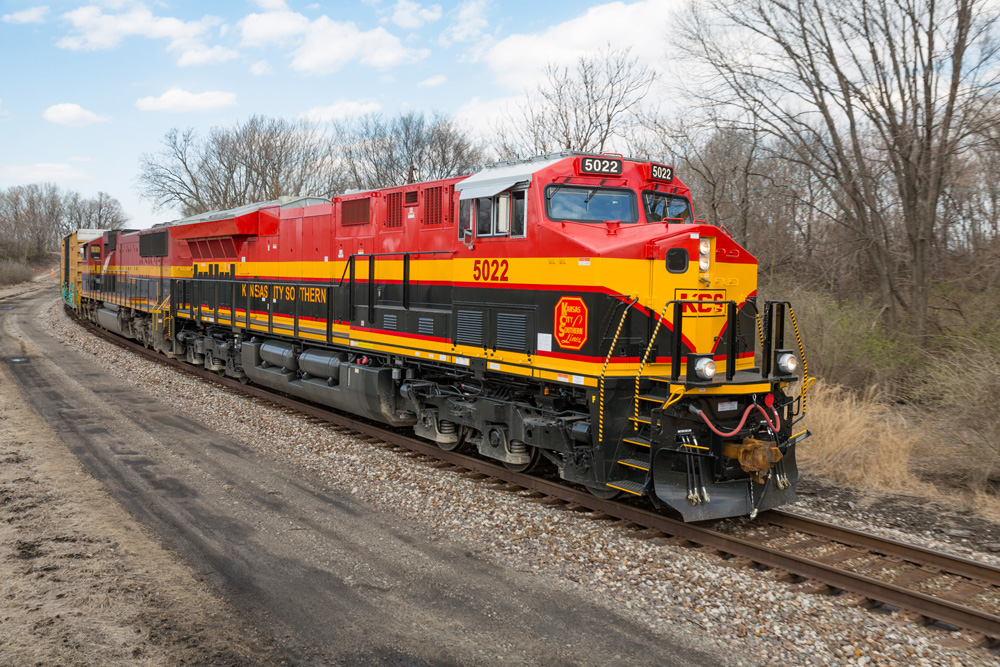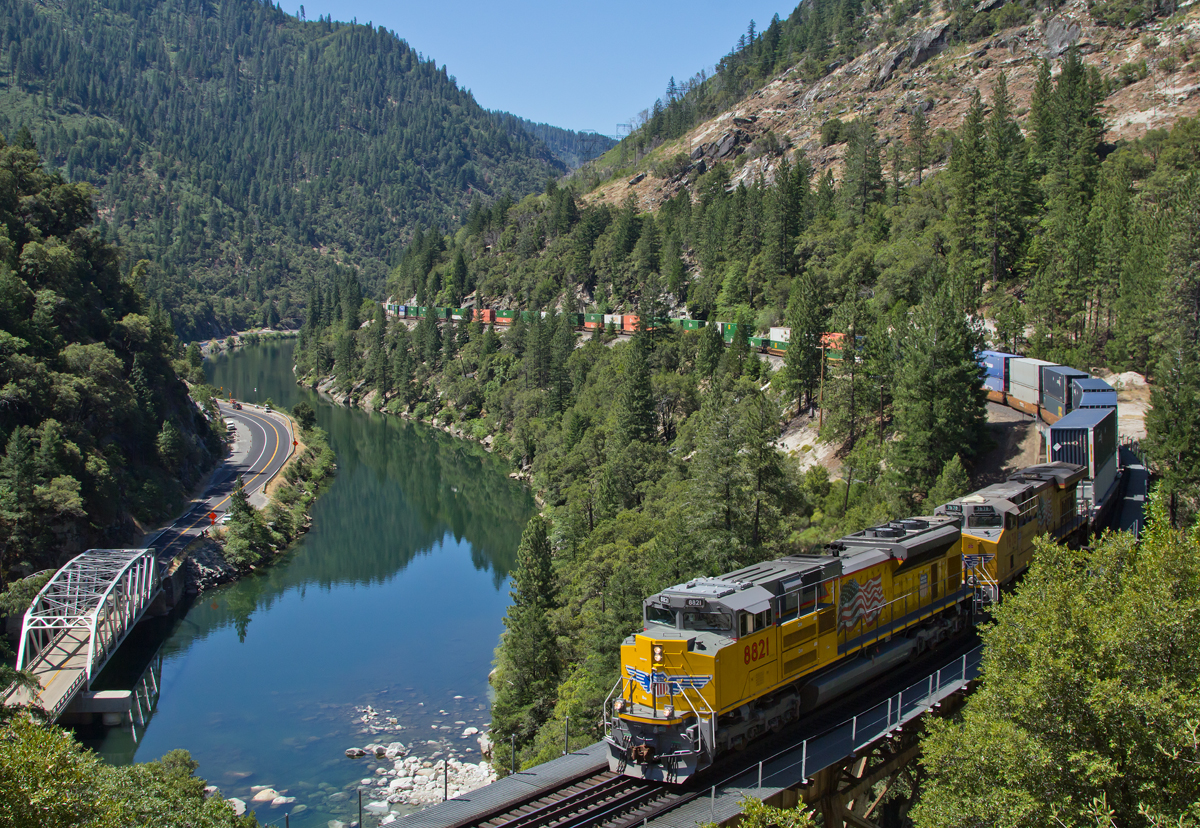
SACRAMENTO, Calif. — California is preparing to buy the first trainsets for its high speed rail system.
The California High-Speed Rail Authority Board of Directors last week approved a Request for Qualifications for the purchase of six trainsets for use on the initial 171-mile, Merced-to-Bakersfield section of the long-delayed LA-San Francisco high speed system.
“Our action today allows us to deliver on our commitment to meet our federal grant timelines to start testing,” said Board Chair Tom Richards in a press release following the Aug. 24 vote. “This is an important milestone for us to deliver high-speed rail service in the Central Valley and eventually into Northern and Southern California.”
The RFQ will invite Statements of Qualifications from interested manufacturers by November of this year. After that, the Authority will create a shortlist of qualified teams capable of delivering the equipment and release a Request for Proposal in the first quarter of 2024.
The contract will require manufacture of six trainsets capable of operating at 220 mph and tested at up to 242 mph. Two prototypes are to be delivered in 2028 for static and dynamic testing and trial runs, with an additional four trainsets delivered by 2030 for revenue service.
“These trainsets ensure that we are procuring the latest generation of high-speed trains for this first-in-the-nation project,” said Authority CEO Brian Kelly. “We look forward to working with members of the industry as we strive to develop a market for high-speed trains in the United States.”














I’m glad California HSR is finally moving ahead on the eventual procurement of high speed trainsets. But things have to happen faster. The start of revenue service, 2030 at the earliest, is 15 years since construction commenced and 22 years since Californians approved HSR with Prop 1A. Things have improved, but to say the first train testing won’t be for another five years, and service seven years, if everything goes right until then, at a cost of up to $35 billion just to get Merced to Bakersfield done, should be upsetting to even the most staunch CAHSR advocate.
California HSR has to happen faster. The start of Bakersfield-Merced service should be 2028, with construction to San Jose and Palmdale starting before the 2030s so HSR reaches SF and Metrolink to LA by the mid-2030s. It’ll require substantially more funding, which means gaining and retaining majority political support at the state but mainly federal level, and that starts with increasing public support. That first step requires greater public outreach, to combat all the misconceptions and false narratives about the project.
Improving its public image and increasing public awareness of what exactly is happening and why we should still be excited about California HSR should translate into wider public support, which leads to voting for politicians who support CAHSR who can then get it more funding to keep going. If we remain committed, high speed rail will keep happening. It’ll be an exciting day when the first trains get delivered and start rolling.
Mr Landey as you say the I system costs the taxpayers billion, it was built with taxpayer money while at the same time they were taxing the RR’s for their passenger & commuter operations & for their freight tracks & yards probably used some of the taxes collected from them for the Hwy system. The Govt became the RR’s competition by enabling private competition then & now with public funds no wonder that passenger and freight rail continue to be at a disadvantage to Air & Hwy. Some say the Gov’t doesn’t belong in the psg rail business it does not belong in the Hwy or aviation business either. Privatize the Hwy system, the Air Traffic Control system & the highly subsidized regional airports & at the local level no more public bonding for airport improvements. Let’s create a level transportation playing field. OK!
Does this schedule mean that actual passenger service on this segment could begin in 2031? And what is the estimated annual passenger volume for this Central California marvel? Will it simply become a tourist attraction?
Not even thinking about the completion timetable for full city-to-city service.
At least they’re not stalling as Amtrak is in regards to new western LD equipment, still waiting for that!
Mr. Keenan would you have felt the same way about the Interstate Hwy system when it was proposed?
I’ll reply for Mr. Keenan. The I-System is extremely expensive (and getting more so — much of it has been rebuilt at a billion dollars per interchange (and the rest needs to be). But it’s used. The traffic counts on the I-System compared to Amtrak are astronomical.
Siemens has been emphasizing for some time that its Velaro Novo bullet trainsets are setting the standard for California high speed rail system. Let’s wait and see what happens!
Dr. Güntürk Üstün
Among the candidate HST manufacturers to apply, Alstom, Siemens, CAF and Talgo are the first to come to mind.
Dr. Güntürk Üstün
Santa Fe used busses between Bakersfield and LAUPT for its Golden Gate trains. In April, 1958 running times were mostly 3 hours. By contrast, SP’s San Joaquin Daylight took 5 hours, 5 min. Eastward and 5 hours 10 min. Westward over Tehachapi.
This will be all academic once they complete the Tehachapi Base Tunnel.
What a waste of money this whole project is !
And a slow ride it is over Tehachapi to Lancaster and then down Soledad Canyon to get to LA, and thats if the freight railroads will let them hrun the train. Maybe that is why Amtrak has a Thruway Bus from Bakersfield to LA as the connection.
CalHSR should buy diesel trainsets. The only use for the new high-speed tracks will be to connect to existing non-electric tracks at each end, Merced into the Bay Area, and Bakersfield into the LA Basin.
Charles, it’s California. No need for diesels. They’ll all run off batteries on non-electrified sections.